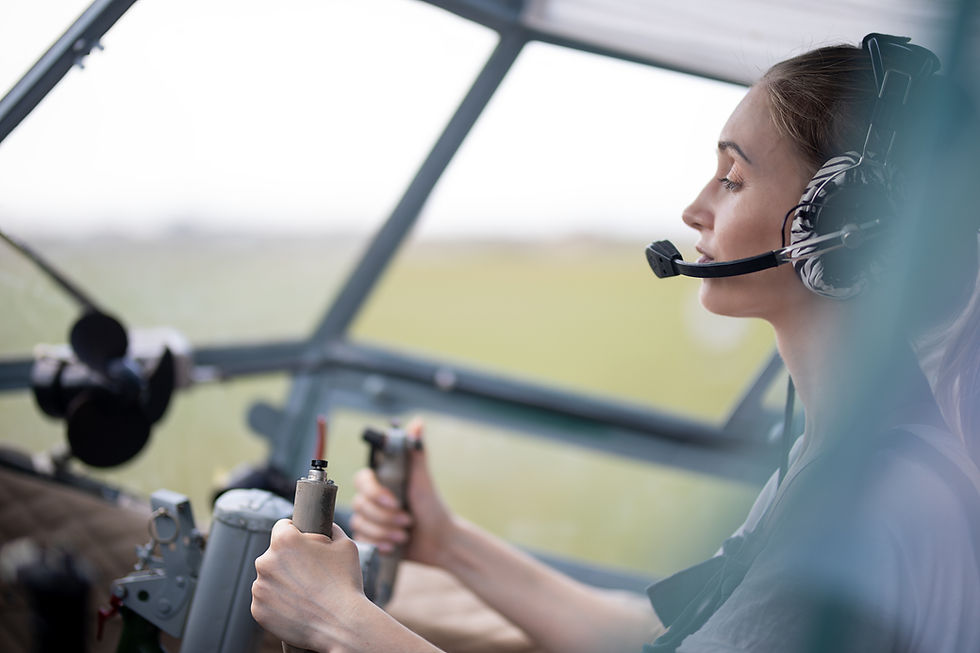The Basics of Flight Training
- Flying High Again
- Jan 26, 2024
- 2 min read
Soaring through the skies, the wind in your hair, and the world spread out beneath you – the dream of becoming a pilot has captivated many. If you've harbored this aspiration for years or are just beginning to explore the world of aviation, embarking on your flight training journey is an exciting step towards achieving your dream.
Flight training is a comprehensive process that encompasses theoretical knowledge, practical application, and a deep understanding of aviation principles. It's designed to equip aspiring pilots with the skills and expertise to safely navigate the skies and operate aircraft responsibly.

Understanding the Four Phases of Flight Training
The flight training process typically involves four distinct phases:
1. Ground School: This foundational phase focuses on acquiring the theoretical knowledge required for flight operations. It covers topics such as aerodynamics, meteorology, navigation, communication procedures, and aircraft systems.
2. Pre-Solo Flight Training: Once you've grasped the theoretical concepts, you'll progress to pre-solo flight training, where you'll apply your knowledge under the supervision of an experienced flight instructor. This phase includes familiarizing yourself with the aircraft, practicing basic maneuvers, and developing essential piloting skills.
3. Solo Flight: After demonstrating proficiency in pre-solo maneuvers, you'll embark on your first solo flight, flying the aircraft without the instructor present. This milestone signifies your growing confidence and readiness to take control of the aircraft independently.
4. Instrument Rating and Beyond: The journey doesn't end there. Further training can lead to obtaining an instrument rating, allowing you to fly under instrument flight rules (IFR), which means you can operate the aircraft in conditions where visual reference to the ground is limited. Additionally, you can pursue specialized ratings, such as multi-engine and commercial pilot licenses, to expand your career options.
Key Elements of Flight Training
Effective flight training encompasses several key elements:
1. Experienced Instructors: Your flight instructors are your mentors, guiding you through the learning process and providing personalized feedback. They should be FAA-certified and have extensive experience in teaching aspiring pilots.
2. Well-Maintained Aircraft: The aircraft you fly directly impacts your learning experience and safety. Choose a school that maintains a fleet of modern and well-maintained aircraft that aligns with your training level.
3. Realistic Flight Simulators: Flight simulators provide a safe and controlled environment to practice maneuvers and emergency procedures before taking them to the skies.
4. Comprehensive Theoretical Training: Ground school ensures you have a strong understanding of the principles and regulations governing aviation.
5. Personalized Learning Plan: Your instructors will tailor the training program to your individual learning style and progress.
6. Safety-First Approach: Safety is paramount in aviation. Flight training emphasizes safety procedures and risk management strategies.
